
Support Team
Feedback:
support@nextpcb.comThe PCB silkscreen layer contains the assembly information. There are details on component placement, orientation, and polarity, as well as identifiers, labels, and logos associated with each component. Clear and readable fonts are essential for silkscreens. This article discusses the specifications and requirements for silkscreen printing on printed circuit boards (PCBs).
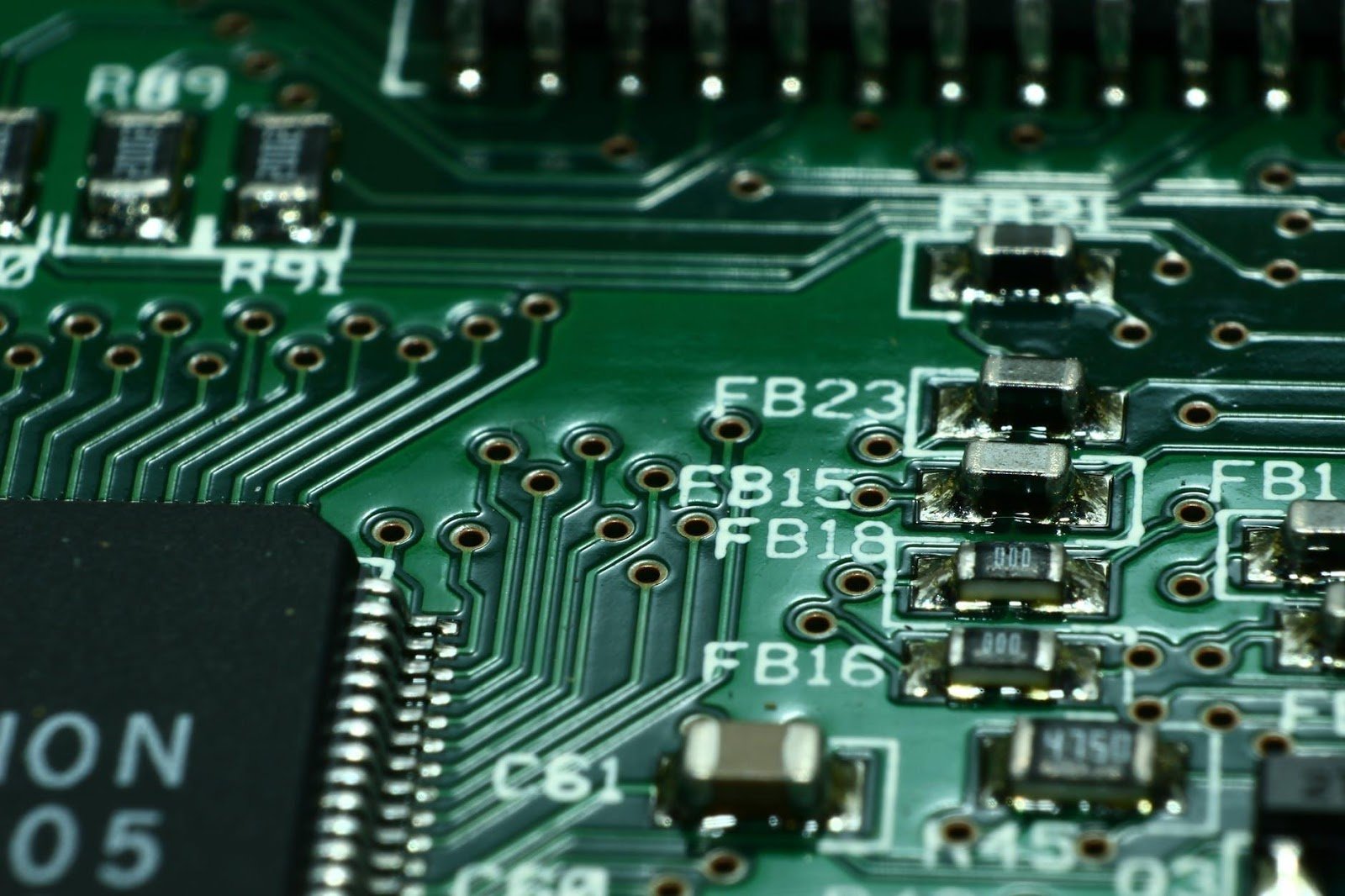
Silkscreen is the topmost layer of the PCB and it is basically used as the reference that indicates the placement of the components on the PCB boards. It specifies the valuable information on the PCB board that can help the users during the assembly process of the Printed Circuit Boards.
It also refers to printing the text, symbols, and graphics on the surface of the PCB. This information includes component placement markings, part numbers, and other essential data. It helps in the assembly and testing of the PCB. The ink for silk screen printing on PCBs is usually made of a special resin resistant to heat and chemicals. It withstands the soldering and assembly process. The silk screen printing process is performed after the PCB has been etched and before the surface and mount components are soldered, making it a crucial step in the PCB fabrication process.
There are several benefits of silkscreens on printed circuit boards (PCBs):
There are several techniques in silkscreen printing. Some of them include the following:
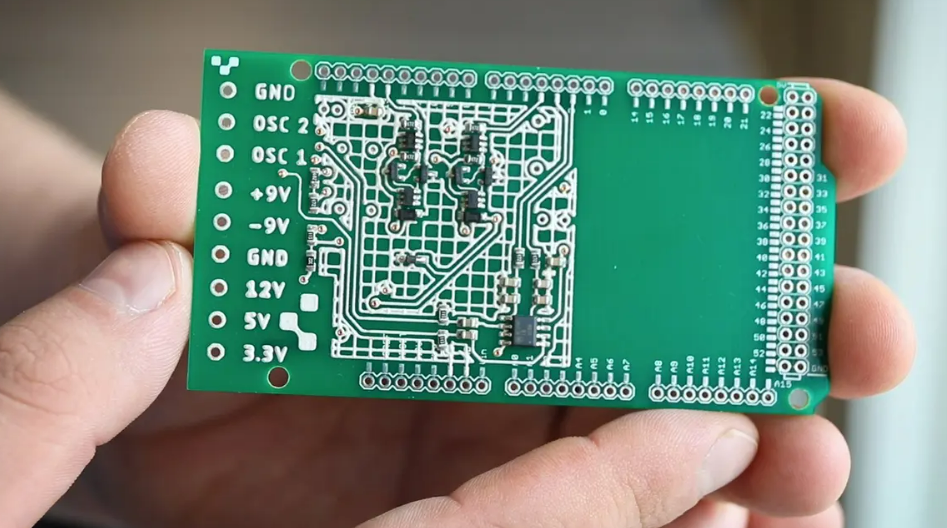
This is one of the traditional methods where the stencil is created by hand, using the sharp blade to cut out the areas that will remain unprinted.
Using photosensitive emulsion, the screen is coated with the design, exposed to light, and the emulsion is then washed away on the screen to create a stencil. An ink-filled screen is then applied to the surface to be printed, and the ink passes through the stencil.
This method is commonly used for small-scale projects, where a high degree of accuracy is optional. It allows more control over the printing and produces prints with better resolutions.
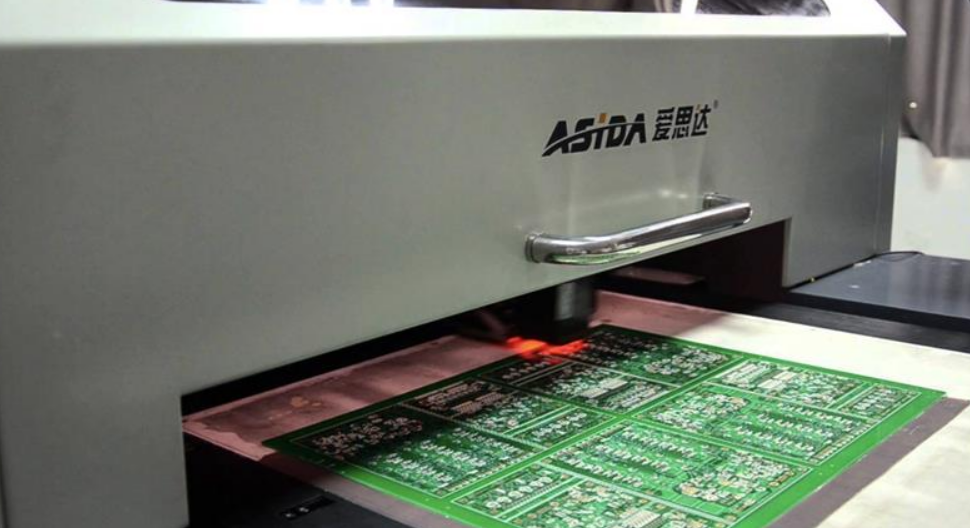
This method involves exposing a photosensitive emulsion to a light source. It hardens the emulsion in the areas not covered by a film positive. In brief, LPI is a silkscreen printing method used for lines with a width greater than 4mm. It is similar to the solder mask application process. It starts by coating a screen with a unique liquid material and exposing it to UV light. LPI offers higher resolution and better detail but requires more ink and a longer setup time than traditional methods. Despite the added complexity, LPI provides greater precision and control, making it ideal for high-volume PCB operations.
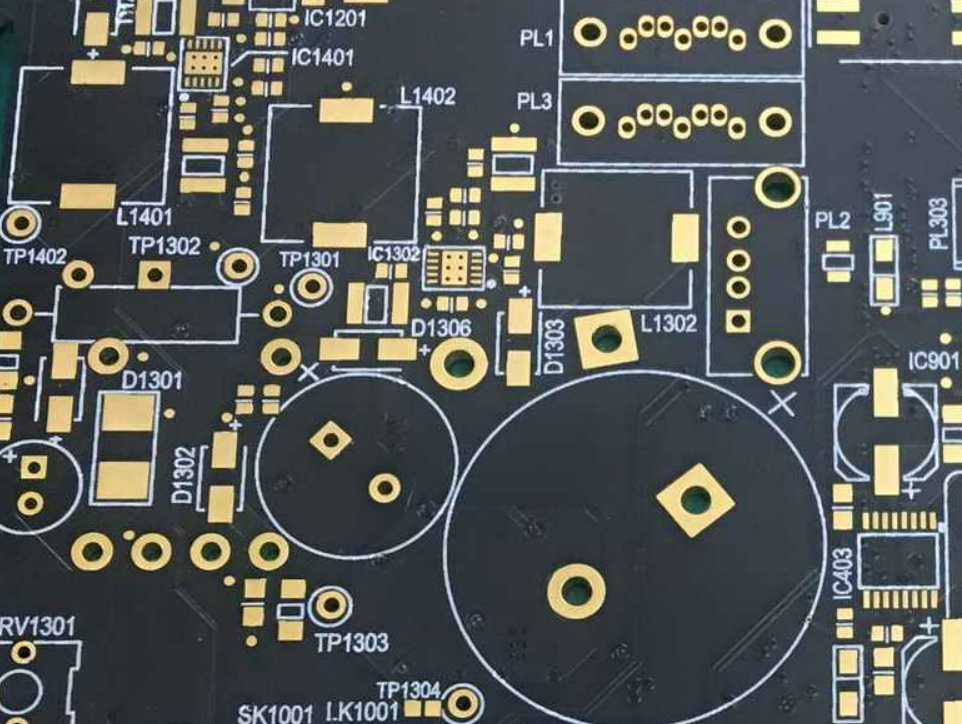
Printing a legend directly on a PCB using CAD tools is direct legend printing. A particular inkjet printer is used with acrylic ink to print the legend on the PCB. Printing on the PCB surface is possible with the inkjet printer's printhead.
Compared to traditional screen printing, direct legend printing offers several advantages. Printing silkscreen onto a PCB is one of the most expensive methods. In addition, it has excellent detail and resolution, which makes it a great choice for printing high-quality PCBs.
The main challenge of Direct Legend Printing is its limited suitability for certain types of PCBs, such as those with complex designs or multiple layers PCB. The printhead may not reach all areas of these PCBs, leading to limitations in the printing process. Additionally, the ink used in Direct Legend Printing may not be as durable as that used in traditional screen printing. It makes the legend more susceptible to wear and damage over time.
Several essential design guidelines for silkscreen on PCBs are necessary to consider to ensure a high-quality and visually appealing end product. Some of these guidelines include:
Proper placement: Silkscreen should be placed in an area that is easily visible and easily accessible. Avoid placing silkscreen under components or in regions that other members may obstruct.
Clear and concise text: The text used in silkscreen should be clear, concise, and legible. It should be large enough to be easily read and free of errors or typos.
Color selection: The color of the silkscreen should contrast nicely with the background color of the PCB. This will ensure that the silkscreen is easily visible and legible.
Minimum line widths: Make sure to have enough minimum line width of the silkscreen to ensure the text and symbols are easily legible. The line widths should also be consistent across the entire silkscreen area.
Consistent font: The font used in silkscreen should be consistent throughout the entire PCB. This will ensure that the text is easily legible and visually appealing.
Layer separation: Silkscreen should be placed on a separate layer from the other components of the PCB. This will help avoid any interference between the silkscreen and other components. Finally, it ensures that the silkscreen remains visible and legible even if other parts shift or change position.
Maintaining high-quality silkscreen on printed circuit boards (PCBs) is important. It also helps to prevent errors during assembly and testing. Furthermore, it enhances the overall performance of the board. Here are some tips for maintaining high-quality silkscreen on PCBs:
Besides, some of the additional tips for maintaining high-quality Silkscreen PCB include:
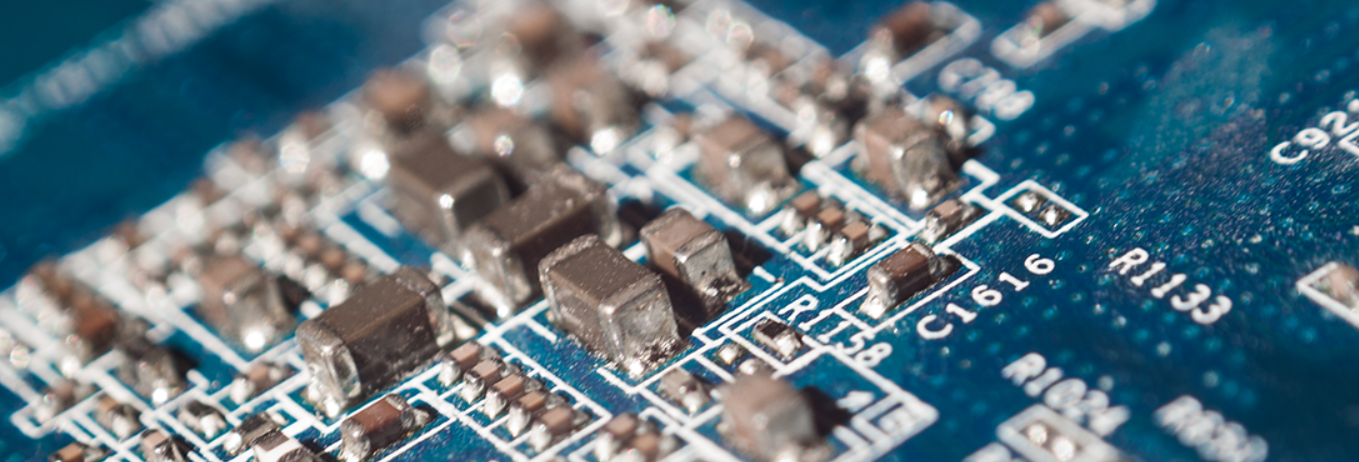
Silkscreen printing technology has been an important technique for decades. In recent years, there have been several innovations in silkscreen printing technology. This has improved the quality and efficiency of the process, including:
Automation: The use of automated machines and robotic systems has increased recently, allowing faster and more consistent printing results.
UV-cured inks: UV-cured inks have become more common as they offer faster cure times, improved adhesion, and excellent environmental resistance.
Laser-cut stencils: Laser-cut stencils have replaced traditional photochemical stencils. Since they offer improved precision and consistency in a stencil pattern definition.
Use of conductive inks: The use of conductive inks has allowed the creation of smaller and more complex circuits. This makes it possible to print and assemble complete circuits in a single process.
3D printing: The development of 3D printing technology has allowed the creation of intricate structures. Apart from this, it includes silkscreened components, within a single build process.
Integration with software: The integration of silkscreen printing technology with software has made it possible to automate the printing process. It has improved the accuracy of results.
Improved durability: Research has led to the creation of inks and processes that offer improved durability, resistance to environmental factors, and longevity.
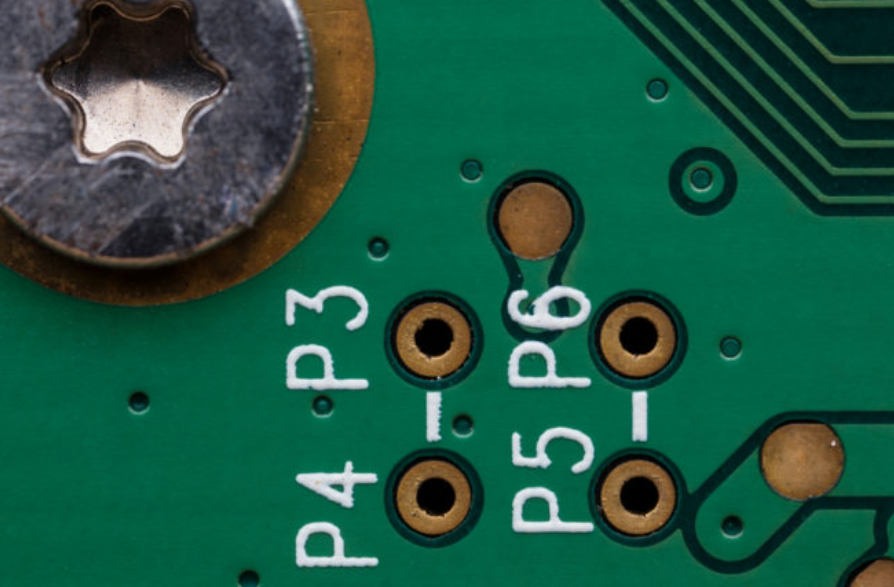
Before choosing the right silkscreen for your PCB, ensure the following factors to consider:
Determine the printing requirements: Consider circuit size, number of layers, and the desired visual appearance.
Ink type: Choose the right ink type based on the required electrical conductivity, environmental resistance, and cure time.
Stencil type: Decide on a stencil type based on the complexity of the circuit, desired accuracy, and the desired speed of the printing process.
Equipment compatibility: Choose a printing method compatible with your PCB and stencil material to ensure optimal results.
Cost: Consider the cost of equipment, inks, and consumables when choosing a printing method to ensure that it fits within your budget.
Lead time: Consider the printing method's lead time and the required processing time for each printed layer to ensure that your project stays on schedule.
Repeatability: Choose a printing method that offers consistent and repeatable results to ensure that multiple printed layers are uniform and match each other.
PCB silkscreen is the process that impacts the whole quality of your PCB. Besides, it can add value as cost tradeoff is the final consideration for any PCB designs. NextPCB is a renowned PCB manufacturer. We provide all the required solutions for your PCB design and manufacturing. Feel free to contact us and request a quote at any time.
> Recommend reading: PCB Manufacturing Basics: Design, Fabrication, Testing, and Compliance
Still, need help? Contact Us: support@nextpcb.com
Need a PCB or PCBA quote? Quote now